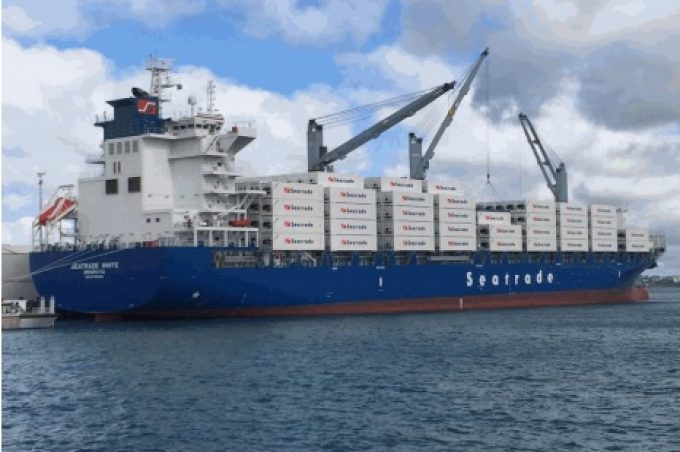CIMC profits plunge as global container production hits ten-year low
Worldwide container production hit a 10-year low, of 850,000 teu in H1 23, according to ...

Last year was the “calm before the storm” for conventional reefer shipping, according to Dynamar.
The expected surge in fuel costs from IMO 2020 is likely to accelerate scrapping of conventional vessels and the switch to containerships, said the analyst.
Furthermore, trade tensions continue to cause concern ...

Comment on this article